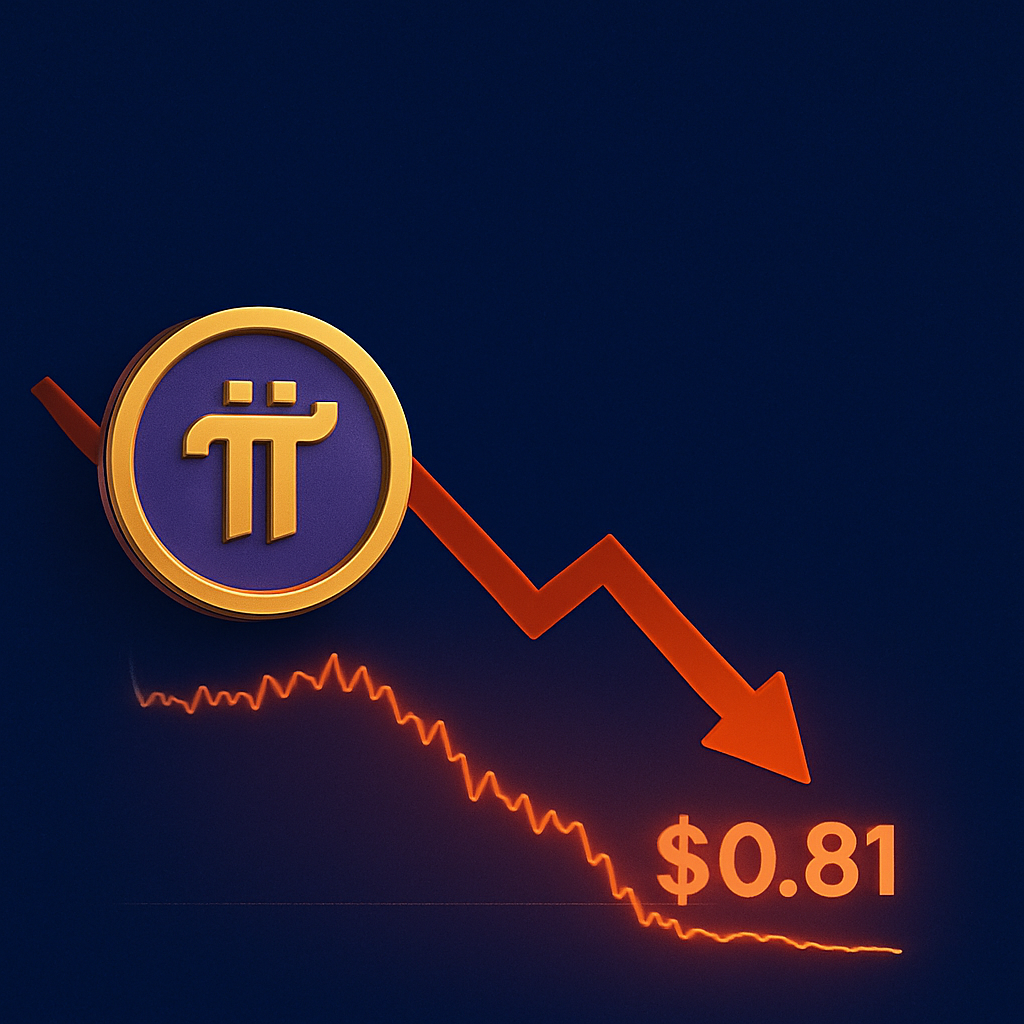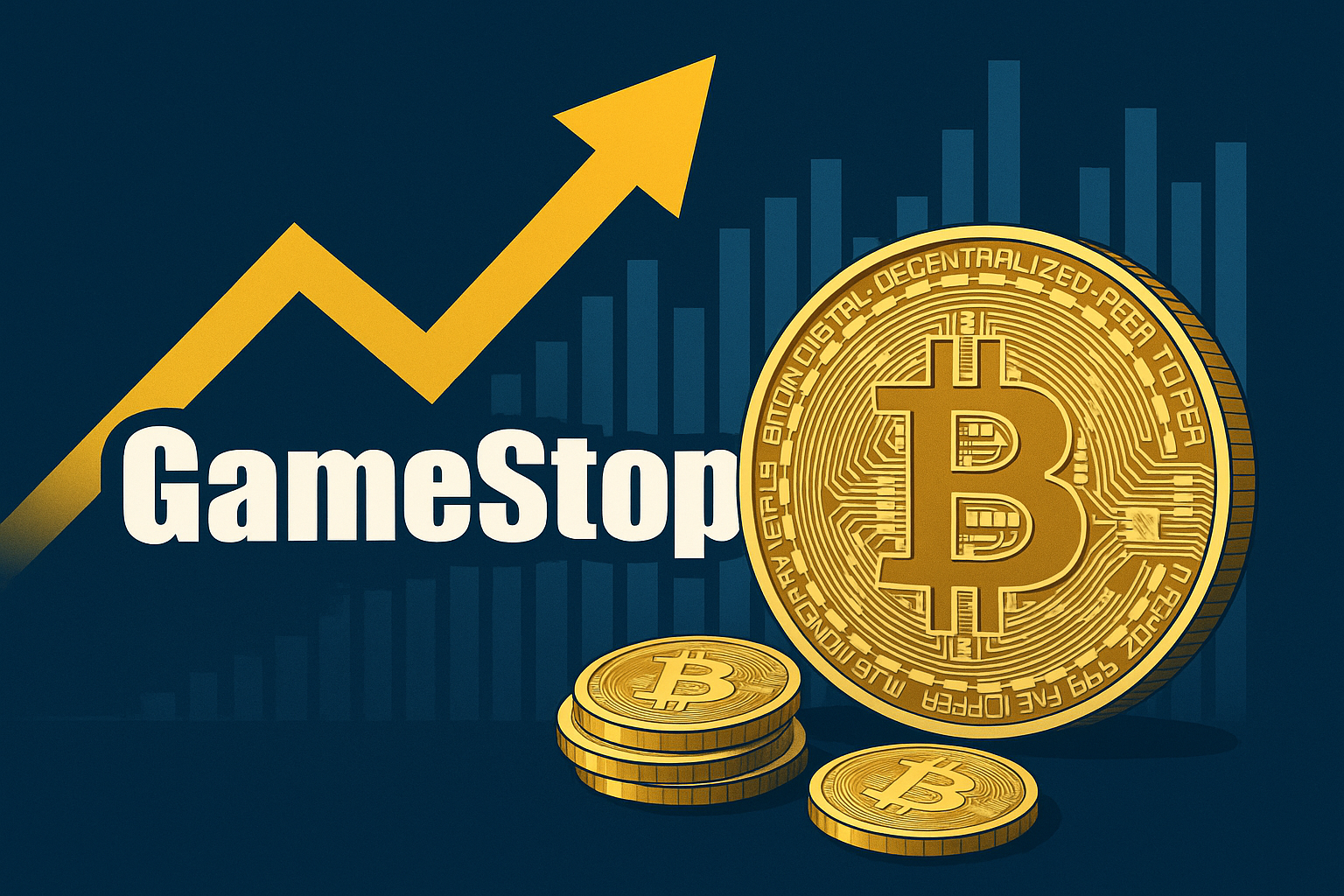The price of Pi Network (PI) took a sharp tumble this week as investor excitement fizzled following a major ecosystem announcement. As of Thursday, March 15, Pi slid to $0.8115, marking a steep 47% drop from this week’s peak and a staggering 70% decline from its all-time high.
Pi’s market cap has also suffered a significant blow: falling from $19 billion in February to just $6.31 billion by May 15.
The sell-off came on the heels of the Pi Core Team unveiling Pi Ventures: a $100 million fund aimed at backing startups in fintech, AI, e-commerce, gaming, and other emerging sectors. While the initiative was intended to energize the community, it failed to ignite bullish momentum in the token’s price.
Despite the downturn, all hope isn’t lost. This article highlights four potential catalysts that could drive a near-term recovery for Pi Network: from ecosystem growth to broader market sentiment shifts.
4 Major Catalysts That Could Spark the Next Pi Network Price Surge
As Pi Network continues to mature, several key developments could potentially drive a significant price rebound. From structural decentralization to improved tokenomics, here are four major catalysts that could breathe new life into Pi’s long-term outlook:
- Transitioning from Centralized Control to True Decentralization
One of the most anticipated upgrades for Pi Network is a shift from its current Semi-DAO model to a fully decentralized governance structure. At present, the core team still holds a dominant role in decision-making, raising concerns about centralized influence.
Notably, the Pi Foundation reportedly controls over 70 billion tokens. However, very little public information is available about the organization or its leadership. This lack of transparency raises flags for investors concerned about large-scale sell-offs.
A formal roadmap toward community-led governance could restore trust and likely gain strong support from the broader Pi ecosystem.
- Strategic Token Burns to Strengthen Tokenomics
Another powerful catalyst lies in reshaping Pi Network’s tokenomics model. Currently, the protocol is expected to release 1.475 billion new tokens over the next 12 months. That’s an average of 122 million tokens per month.
Such continuous token unlocks increase circulating supply, which could place downward pressure on price, especially in the absence of strong demand.
A potential solution is to introduce regular token burns to offset inflation. The crypto world saw the positive effects of this with Shiba Inu (SHIB) when Vitalik Buterin burned more than $6.7 billion worth of tokens. That move significantly improved market sentiment and increased token scarcity.
- Expanded Exchange Listings to Boost Liquidity
Despite Pi Network’s massive community, Pi Coin is currently listed on only a few exchanges, including OKX, Bitget, MEXC, and Gate. Major players like Binance, Coinbase, and Kraken have yet to offer support.
Analysts believe this may be due to concerns about centralization and limited transparency. However, if Pi Coin secures a listing on a top-tier exchange, the impact could be explosive.
Past examples show the potential. Alpaca Finance surged 2,300% after listing on Binance, and Orca rallied more than 200% following its listing on Upbit.
- Ecosystem Expansion and Real-World Use Cases
Since the launch of its mainnet, Pi Network has struggled to demonstrate tangible real-world utility. While over 100 applications are reportedly mainnet-ready, few have achieved mainstream adoption or user engagement.
The recently announced $100 million Pi Ventures fund is a promising step forward. However, history shows that funding alone does not guarantee ecosystem success.
Consider Kadena and Velas. Despite launching $100 million ecosystem programs, they failed to garner meaningful user traction. Velas’ market cap eventually dropped to just $2.5 million.
To thrive, Pi Network must go beyond funding initiatives. It needs to foster developer engagement, promote user-friendly decentralized apps, and focus on real-world usability to drive long-term growth.






